ABOUT
On May 3, 1954, PBS Wisconsin, then known as WHA-TV, broadcast on the air for the first time. Wisconsin Public Radio had already existed on campus at the University of Wisconsin-Madison Extension as early as 1917, and nearly 40 years later, communications students would begin to learn alongside broadcasting professionals as they invented a lineup of educational programming for Wisconsin’s residents.
What started as an experiment over 70 years ago in educational television has grown into a full array of local and national content that educates, informs and entertains a diverse audience of children and adults across Wisconsin.
Today, PBS Wisconsin archives, engineering, and production staff work together to ensure that all of this history remains preserved and accessible for future generations. Our collections include over 45,000 physical items — spanning videotape, film, and audiotape formats — along with thousands of photographs, slides, and design elements. In addition, the archive stewards approximately 2 petabytes of digital content. Collectively, these materials represent decades of educational programming, local news, cultural & historical storytelling, and artistic expression that reflect Wisconsin’s wide range of voices and communities.
Preserving this history is highly technical and hands-on. We digitize fragile analog materials before they are lost to age or obsolescence. Sometimes this means using legacy playback decks that are no longer manufactured, or even “baking” magnetic tapes at low heat to temporarily stabilize them for transfer. Every reel of film or tape is carefully inspected and converted into high quality digital files suitable for saving over the long term.
Digitization makes it possible to share our legacy programming across platforms. More and more of this preserved work is accessible online at pbswisconsin.org, on the PBS App on your smart tv, and through a partnership with the American Archive of Public Broadcasting.
STAFF AND PARTNERS
Ann Wilkens, PBS Wisconsin Media Archivist
Ann Wilkens has served as the media archivist at PBS Wisconsin since 2004, where she manages the preservation, organization and long-term accessibility of the station’s extensive media library. In this role, she works closely with engineering and production teams to preserve and render accessible thousands of hours of programming, from fragile film reels to at-risk videotape formats — ensuring Wisconsin’s public media history remains available for future generations. Before joining PBS Wisconsin, Ann worked at the Library of Congress in Washington, D.C. She holds degrees from the University of Minnesota and the University of Wisconsin. Enjoy an extended interview with Ann published during American Archives Month in October 2025 to learn more about her work.
American Archive of Public Broadcasting
PBS Wisconsin has been working with the American Archive of Public Broadcasting (AAPB) since the archive’s launch in 2013. A national collaboration led by the Library of Congress, GBH in Boston, and the Corporation for Public Broadcasting, the AAPB works to preserve thousands of hours of local and national public media programming across the United States. However, with the recent elimination of federal funding, the future of this vital initiative is uncertain. Through grants and expert guidance, this partnership has been instrumental in digitizing and making accessible large portions of our collection. The AAPB houses nearly 2,300 of our items, ranging from 1970s newsreels to a curated special collection featuring two decades of PBS Wisconsin’s weekly news program Here & Now.
 Passport
Passport
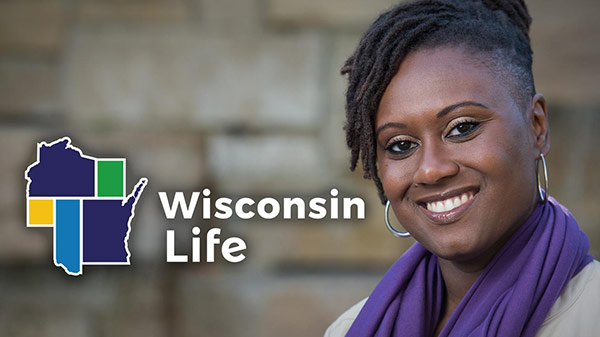
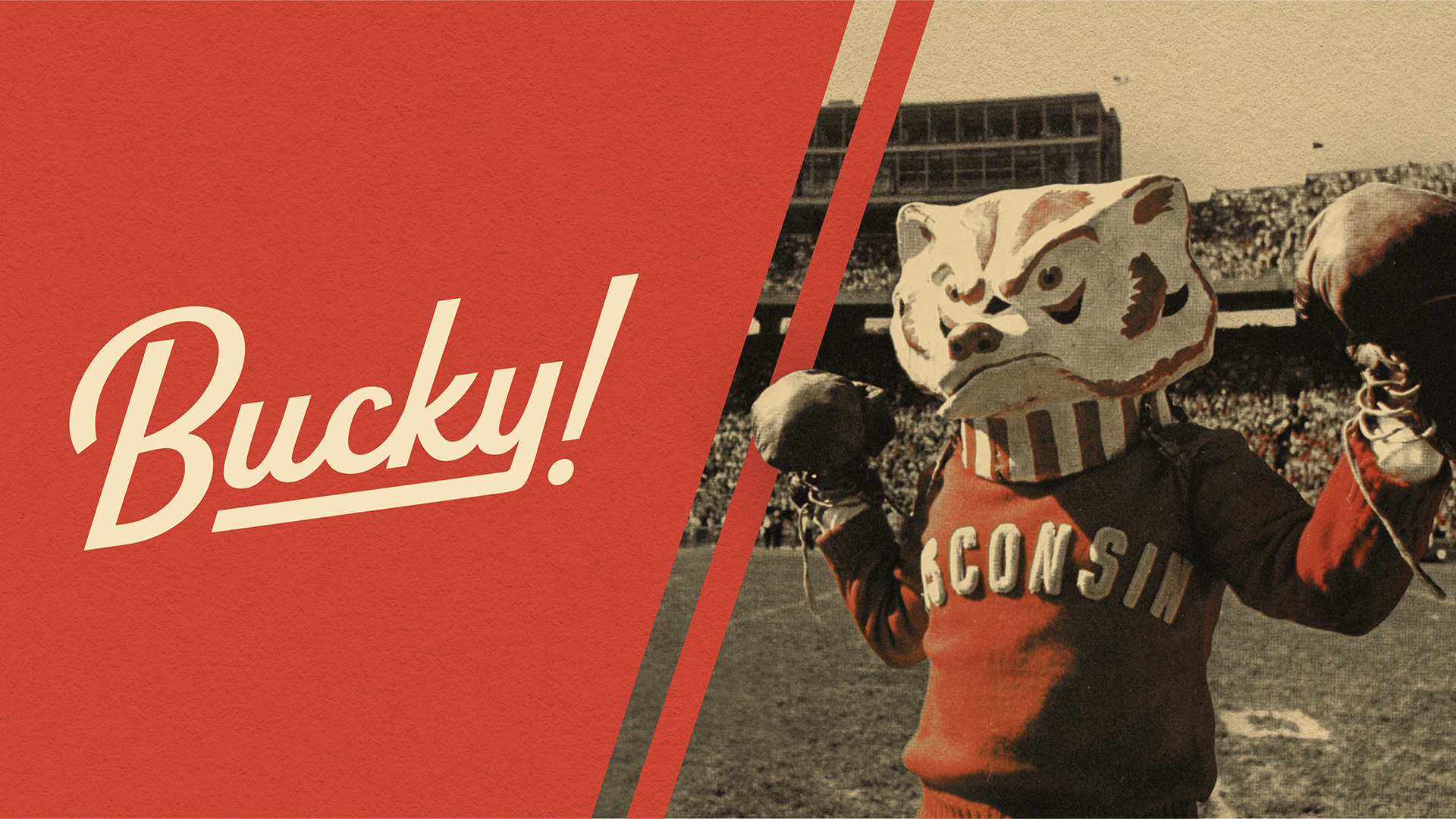
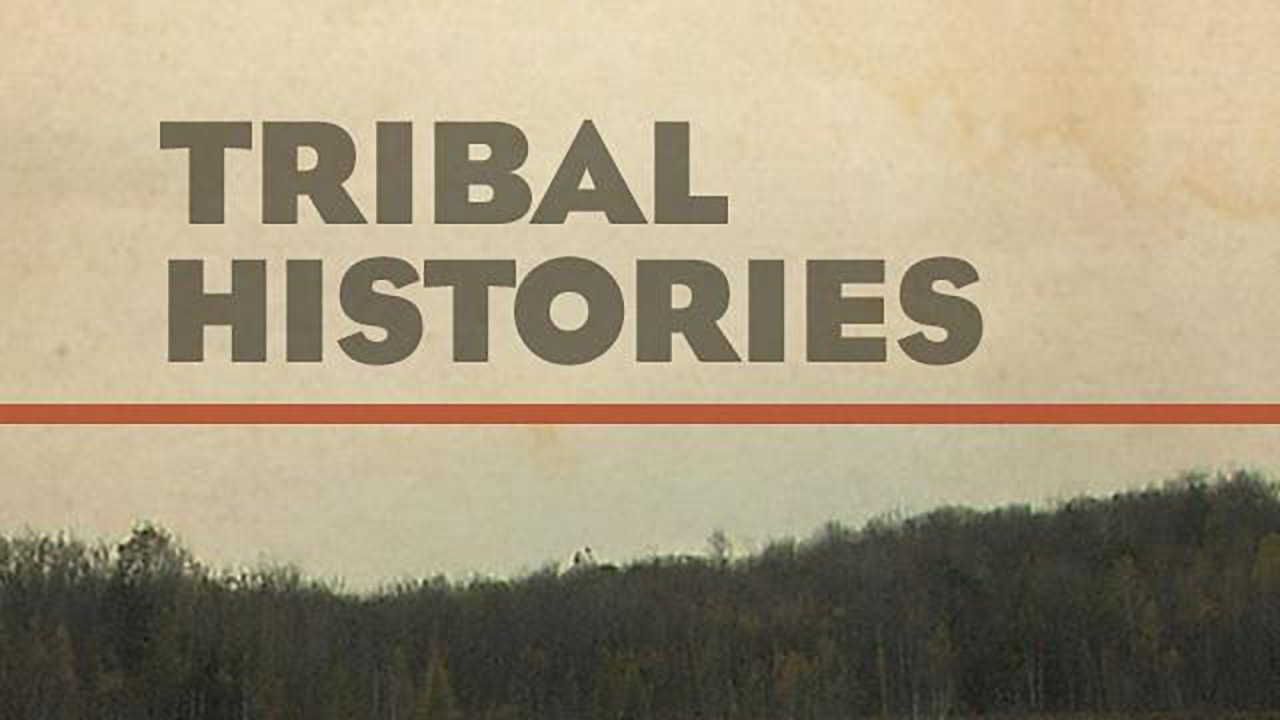

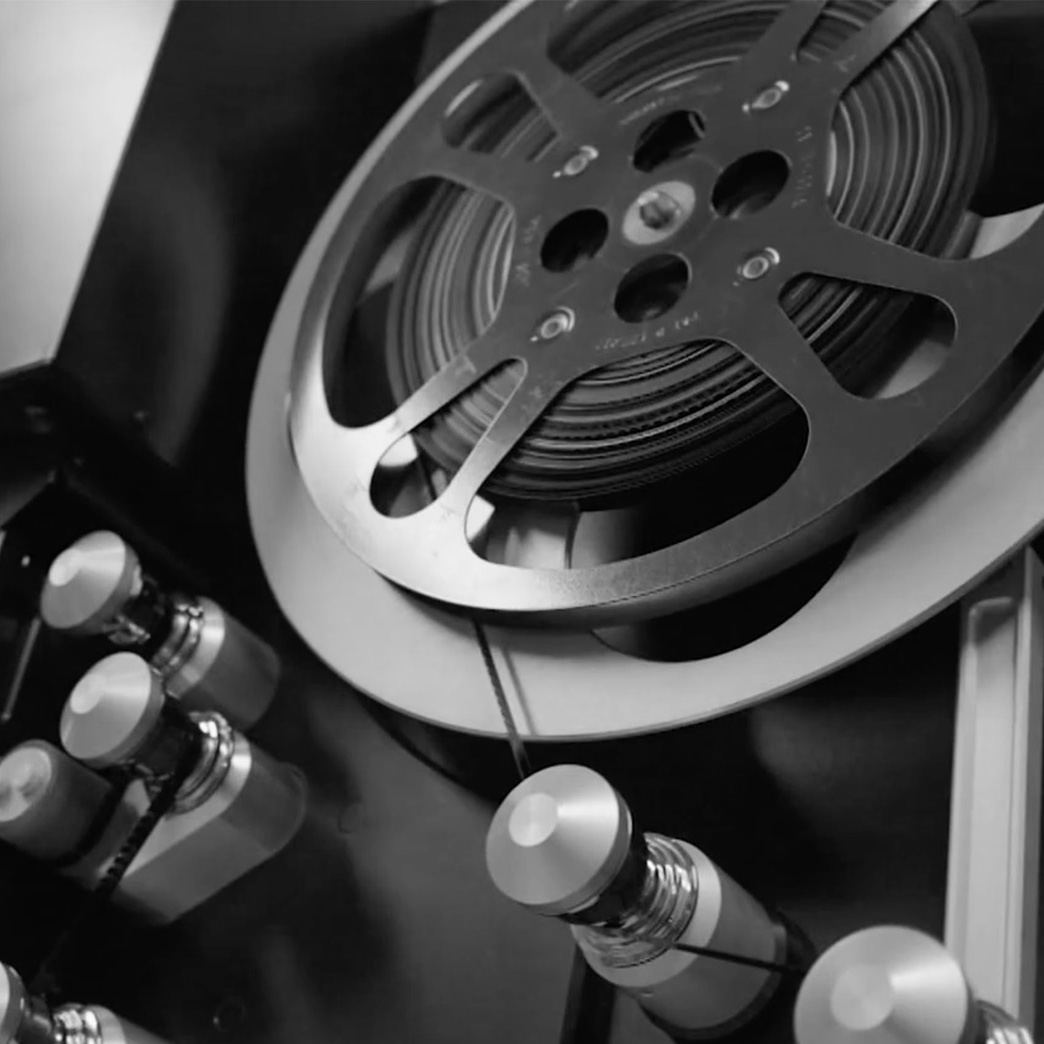
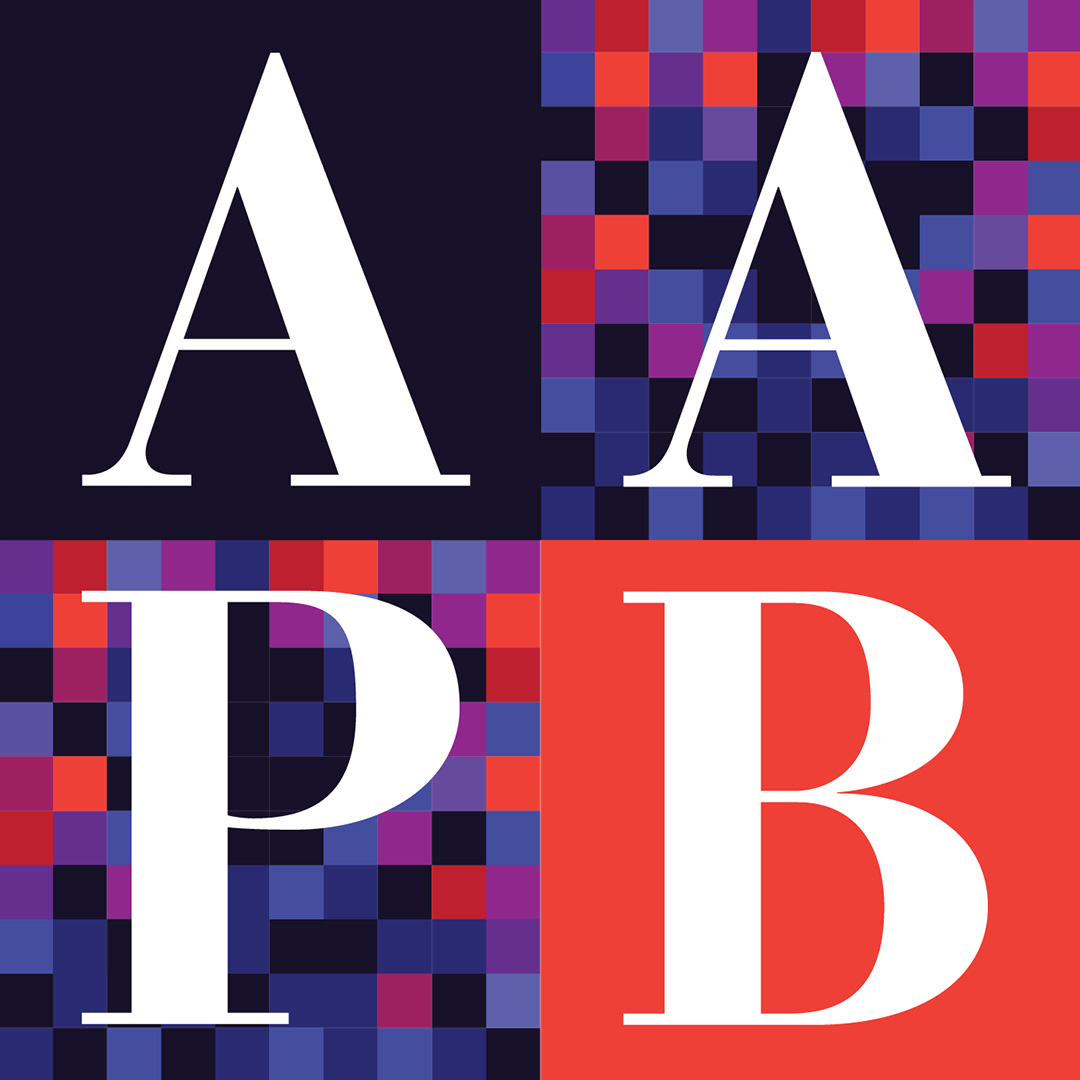

Follow Us